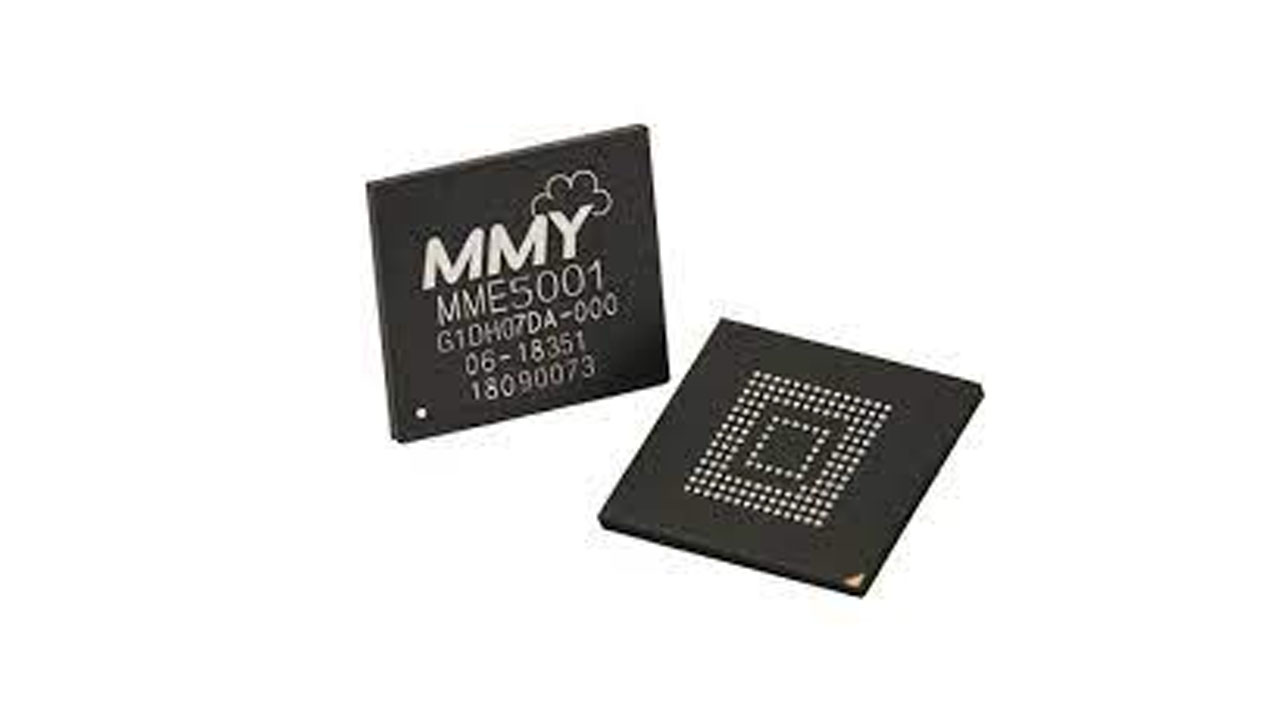According to Jiangsu Huacun Electronic Technology, in order to accelerate the storage industry layout, deeply integrate the supply chain, and promote the mass production of a new generation of PCIe Gen5 solid-state drive SSD master chip on schedule.
Jiangsu Huacun Electronic Technology at the end of 2020, 170 million yuan of A round of financing has been completed. The investors are Nantong New Generation Information Technology Industry Fund, Hengxin Huaye, and Tiankai Huijin. Jiangsu Huacun Electronic Technology Co., Ltd. was established in 2017.
The R&D team has dozens of senior engineers with more than 20 years of experience in flash memory master control design and has complete USB, eMMC, SATAIII SSD, PCIe Gen3 SSD master control hardware Independent design capability with firmware and experience in mass production of successful tape-out.

Facing the advent of a new generation of information high-speed computing and transmission era, in 2020, the global storage industry will quickly iterate the PCIe SSD specifications from the third generation to the fourth generation, which has been on the market for eight years.
The 5th generation solid-state hard drive main control chip. By then, PC and Server markets will quickly enter PCIe Gen4 and Gen5 generations, the manufacturers in the Chinese ecosystem have also begun distribution of the next generation of product technology.
Faced with the rapid technological evolution trend, Huacun, based on years of R&D and product experience in the storage field, made an early layout as early as 2018, and invested the main R&D effort in PCIe 4th and 5th generation SSD master control design.
After 4 years R&D has entered the final stage of layout design from product specifications, architecture design, IP design, and verification, IP module design and verification, and SOC integration.
Tapeout is expected to be introduced in the second half of 2021. Huacun’s products at that time will benchmark the performance and efficiency of Intel and Samsung’s products of the same generation.
(Via)
